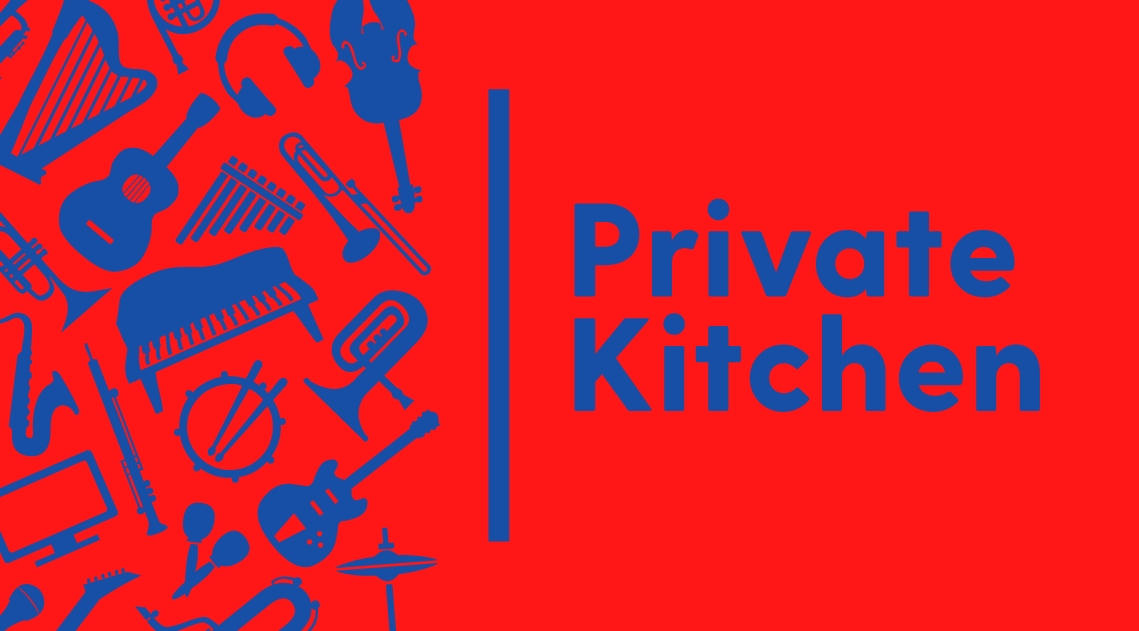About our ‘AI In’ Series - What we do
With ‘AI in’ Private Kitchen introduces a series of articles created by using artificial Intelligence (AI).
Our main goal is to show the possibilities AI brings to the reader/user, as well as to create content relevant for media composers.
This article will have ‘dynamic content’: as AI changes rapidly over time, so will this article in explaining how we approach the creation of articles / what kind of AI is used and how.
What do we do exactly
As Private Kitchen editors we discuss a topic of relevance for media composers
We do a request to the AI system by prompting*
We read the output and check if the generated content reflects our visionWe alter the request to the AI system by changing the prompt, or iterate on the generated content by, for instance, rewriting with a request for certain adaptations
When the output is satisfactory we finalize the text content
If required, we add images to strengthen our article, preferably AI generated
We stylize/design the content to make it fit best for an online Private Kitchen publication.
We tell you the article is created by AI (and ‘what’ ) and add ‘human notes’
* We do a request to the AI system by prompting
Prompting is providing a text or visual command that is used to control an AI. To let an AI system create an article, we must ‘type in’ a request, with our general question what the AI should do for us and how it should be presented as final result. This defines what the AI will do for the creator. When we share our prompt we will (try to) do it in the style as listed here below:
OPEN AI GPT 3.5 / GPT-4 SYSTEM INSTRUCTION
This is the box where we write our instruction to the AI system / version of choice.
Note 1: The box provides a ‘general question/objective’. Asking AI to create an article / providing answers is generally based on a subset of questions within a conversation with the AI, in which the AI also takes the conversation into account in providing new answers. It is not as simple as asking ‘one question’ and receiving our final article. It is a combination of ‘System instructions’, ‘User instructions’ and settings.
Note 2: GPT-3.5 and GPT-4 CHAT models introduced ‘System instruction’, a second prompt besides the ‘User instruction’, the latter being the instruction where the user asks questions to the ‘AI assistant’ and has a conversation / receives the answers for our final article.
The System instruction controls e.g. how the AI assistant should behave/react when a User instruction is provided. Chat GPT, the chat model open for public, can be presumed to have a System instruction like “You are a friendly AI system, unable to say bad words and ready to answer all sorts of questions”. In our ‘AI in’ series, we provide a System instruction where we basically ask the AI to respond as a ‘renowned film music composer’.
GPT models also provide ‘settings’: these define the environment in which the AI will respond: e.g. how tight (or loose) answers by the AI will be.
Read more about why the GPT-4 system is much more powerful than the previous GPT-3 version.
We tell you the article is created by AI / notes by a ‘human’
Each page will be introduced with a bounding box to tell you the article is generated by AI, or to give you an addition or comment by a human editor. The comments are presented as seen below:
In this box we will give you information ‘by humans’: editorial notes, scientific notes, links and content which is created or placed by humans, and not by the AI system.


















